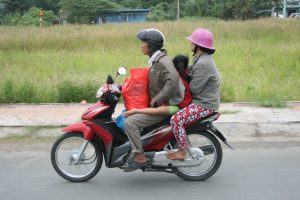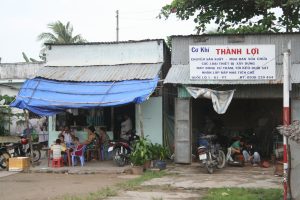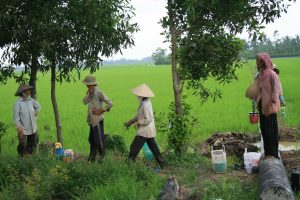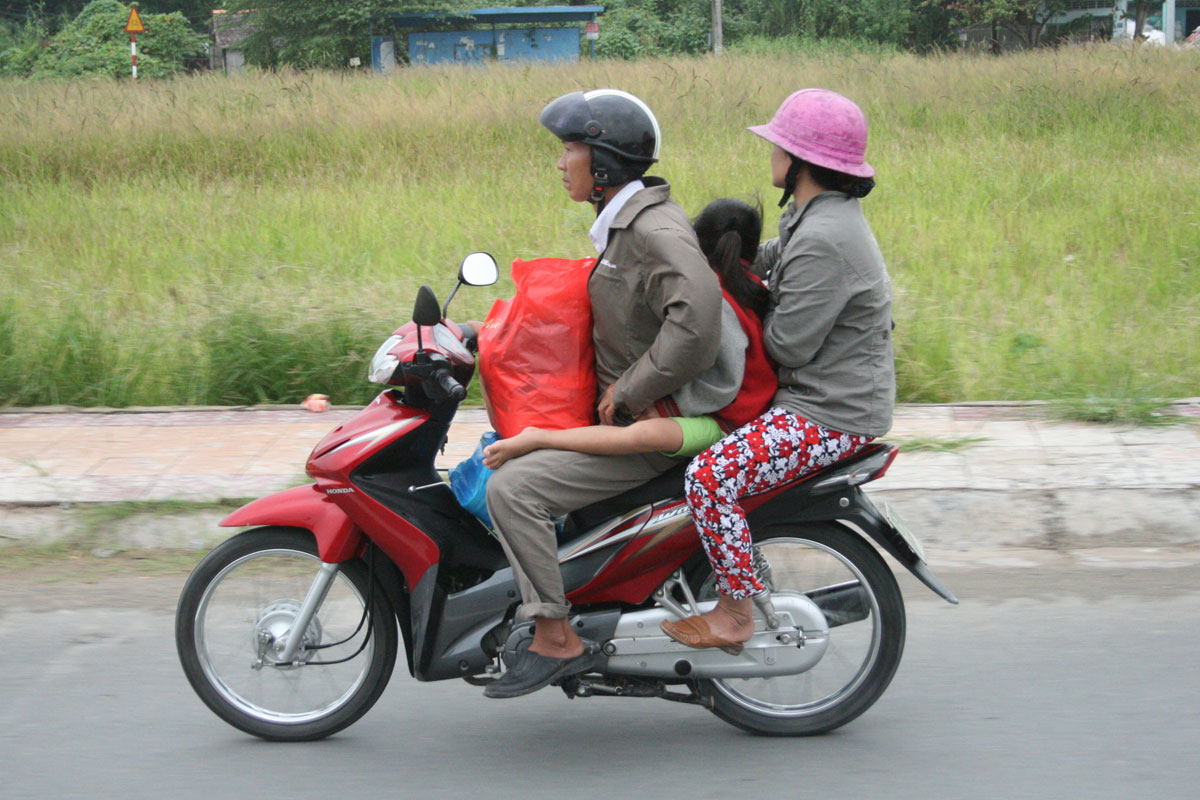 The energy in Vietnam is palpable. In a place where not more that 20 years ago towns and cities teemed with bicycles, the roads of Vietnam now pulse with scooters carrying everybody from heavily pregnant women to babies sandwiched between their parents, middle-aged men in suits and flower-sellers precariously balancing colourful bunches.
The energy in Vietnam is palpable. In a place where not more that 20 years ago towns and cities teemed with bicycles, the roads of Vietnam now pulse with scooters carrying everybody from heavily pregnant women to babies sandwiched between their parents, middle-aged men in suits and flower-sellers precariously balancing colourful bunches.
Roads are being upgraded, buildings are going up and increasingly cars are being driven by its youthful population – 61% are under the age of 35. This is clearly a country on the move. This year it is expected to be the third fastest growing economy after China and India with GDP growth of 5.3%. Little wonder then that Intel has recently opened its billion dollar factory for business in Ho Chi Minh city, formerly Saigon.
Like many parts of the developing world there are contradictions. Heading south west to the Mekong Delta the landscape quickly becomes rural with a distinctly developing world feel. At regular intervals in this lushly green agricultural landscape are bustling towns. Here street markets, homes, barber shops, wedding outfitters and cafes open their doors right onto roads while scooters, bicycles and the occasional car, truck or bus hurtle past at breakneck speed. One has to wonder about the impact of pollution on the inhabitants and shopkeepers. Yet infrastructure development, though haphazard, is clearly happening. While some parts of the road heading southwest are potholed and dusty, the state-of-the-art 1.5kilometre bridge crossing the Hau River into thechaotic commercial centre of Can Tho would not be out of place anywhere in the West. 
But let us not forget that 70% of this country is still rural. Of the 87 million strong population there are 10 million farmer households. In 2009 agriculture contributed 17% to GDP and the government is hoping that this can be improved. Vietnam is now the world’s second biggest exporter of rice after Thailand, producing around 40 million tonnes of rice year. After feeding its people in 2009, 6 million tonnes were left for export and the government is hoping to boost this by increasing the productivity of its smallholder farmers. In doing so it hopes to improve livelihoods; the average income for farmers in Vietnam is currently $10 a month.
Little wonder then that agribusinesses like Syngenta which has a 24% market share here, followed by Bayer with 11%, are here too. The argument is that if Vietnam’s smallholders – and the farms which range from an average of 0.5hectares in the south to 0.1hectares in the north are small – can boost the productivity of existing land they will not only improve their own livelihoods but help to achieve global food security. Rice, a staple crop which feeds some 3 billion people world wide (nearly half the world population), may not be a highly traded commodity but it is vital to food security. Some of the farmers in region have bought into this and are using pest control and herbicides to protect their crops from insects and disease. If applied in exactly the right quantities, and at the right time such technologies are said to boost yields by 20% without any additional input costs and with no risk to biodiversity. But this is a huge challenge in a country like Vietnam and the training of farmers is essential. 
One thing is certain, the farmers of Vietnam’s Mekong Delta certainly reveal how complicated, and yet how absolutely critical, the business of agriculture is to the country’s economy. Indeed the fertile Mekong Delta produces 17 million tonnes of rice every year; all the rice available for export comes from here. In addition, there is a thriving aqua industry of fish and shrimp and 3 million tonnes of fruit are cultivated in the region.
But as the autumn in the Mekong Delta draws to a close the annual flooding, which brings with it vast quantities of fish and alluvial deposits necessary for winter-spring rice crops, has still not come. The water is the lowest it has ever been and poses a threat to the crop that has been central to Vietnam’s recent success. It is crucial then that all the stakeholders from farmers to government, businesses, environmental agencies and scientists work together to find solutions to issues of crop failure and climate change. Failure to do so could see Vietnam’s already demotivated farmers heading to the big city in search of a better life with the likes of Intel.
6 November, 2010
